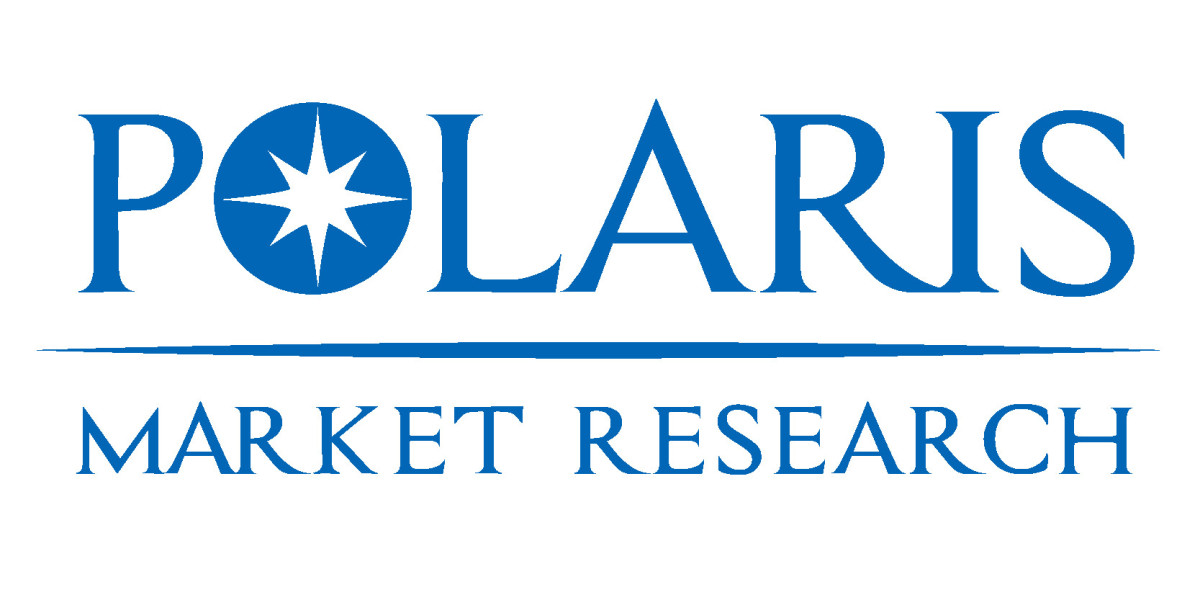In an era where speed, precision, and connectivity define technological progress, millimeter wave (MMW) technology is emerging as a game-changer. Valued at USD 2.55 billion in 2024, the MMW technology market is projected to skyrocket to USD 26.47 billion by 2034, growing at a remarkable CAGR of 26.4%, according to the Millimeter Wave Technology Market Industry Analysis. This rapid expansion is driven by the adoption of 5G networks, radar systems, wireless communication, and high-frequency technology across industries.
Unlocking the Potential of High-Frequency Technology
Millimeter waves operate in the 30 GHz to 300 GHz range, offering ultra-high-speed wireless communication, low latency, and precise sensing capabilities. Initially adopted for defense radar and specialized communication, MMW technology now underpins next-generation wireless networks, autonomous vehicles, industrial IoT, and smart infrastructure.
For telecom operators, MMW enables ultra-fast 5G connectivity, supporting mobile broadband, video streaming, and low-latency applications such as remote surgery or augmented reality. In the automotive industry, millimeter wave radar systems are crucial for collision avoidance, adaptive cruise control, and autonomous driving, ensuring safety and reliability. Defense and aerospace applications leverage MMW for advanced radar imaging, secure communication, and surveillance systems. Even healthcare is exploring MMW for non-invasive imaging and medical scanning solutions.
Drivers of Growth
Several trends are fueling the MMW technology market. The global rollout of 5G networks is accelerating demand for high-frequency spectrum solutions. Autonomous vehicles rely heavily on radar systems that use millimeter waves to detect obstacles and navigate complex environments. Governments and defense organizations are adopting MMW-based radar for secure, high-resolution surveillance. Industrial IoT and smart factory initiatives also benefit from ultra-fast wireless communication, enabling real-time monitoring and predictive analytics.
Regional Insights
North America leads the market, with the U.S. investing heavily in 5G infrastructure, radar technology, and automotive safety systems. Europe focuses on automotive radar, industrial automation, and smart infrastructure applications, led by Germany, the UK, and France.
Asia-Pacific is the fastest-growing region, propelled by rapid 5G deployment, smart city initiatives, and expanding automotive and electronics industries in China, Japan, South Korea, and India. Latin America and Middle East & Africa are emerging markets, adopting MMW technology in telecommunications, defense, and industrial automation.
Competitive Landscape
The MMW market is highly competitive, combining global electronics leaders, radar manufacturers, and semiconductor innovators. Companies such as Keysight Technologies, Anritsu Corporation, Qorvo Inc., Analog Devices Inc., NI, NXP Semiconductors, Furuno Electric, Rohde & Schwarz, TE Connectivity, and Murata Manufacturing are driving market expansion through innovation, product development, and strategic collaborations.
Startups are also entering the space, delivering cost-effective, high-frequency modules for niche applications, complementing offerings from large players. This dynamic ecosystem ensures rapid technological advancement and continuous market evolution.
Emerging Trends
- 5G & 6G Expansion: MMW is central to ultra-high-speed wireless networks supporting low-latency applications.
- Autonomous Vehicles: Automotive radar systems increasingly rely on millimeter waves for precise navigation and collision prevention.
- Defense & Aerospace: Advanced radar and imaging applications require high-frequency, secure communication channels.
- Healthcare Applications: Non-invasive imaging and medical scanning adopt MMW for precision diagnostics.
- Industrial IoT: Factories and smart infrastructure leverage millimeter waves for real-time monitoring, predictive maintenance, and operational efficiency.
Future Outlook
By 2034, millimeter wave technology will transform multiple industries, providing the backbone for next-generation 5G and beyond, autonomous vehicles, advanced radar systems, and industrial IoT connectivity. Its ability to deliver high-speed, low-latency, and precise communication makes it indispensable in a world increasingly dependent on connected systems and real-time data.
As applications expand, the market is expected to reach USD 26.47 billion, reflecting the widespread adoption of MMW technology across telecommunications, automotive, defense, healthcare, and industrial sectors.
Conclusion
The millimeter wave technology industry is no longer limited to specialized applications. From powering 5G networks to enabling autonomous driving, advanced radar, and industrial IoT, MMW is redefining connectivity and operational efficiency. For further information and updates, visit the Millimeter Wave Technology Press Release.
More Trending Latest Reports By Polaris Market Research:
Automated Test Equipment Market
Carbon Credit Validation Verification and Certification Market








